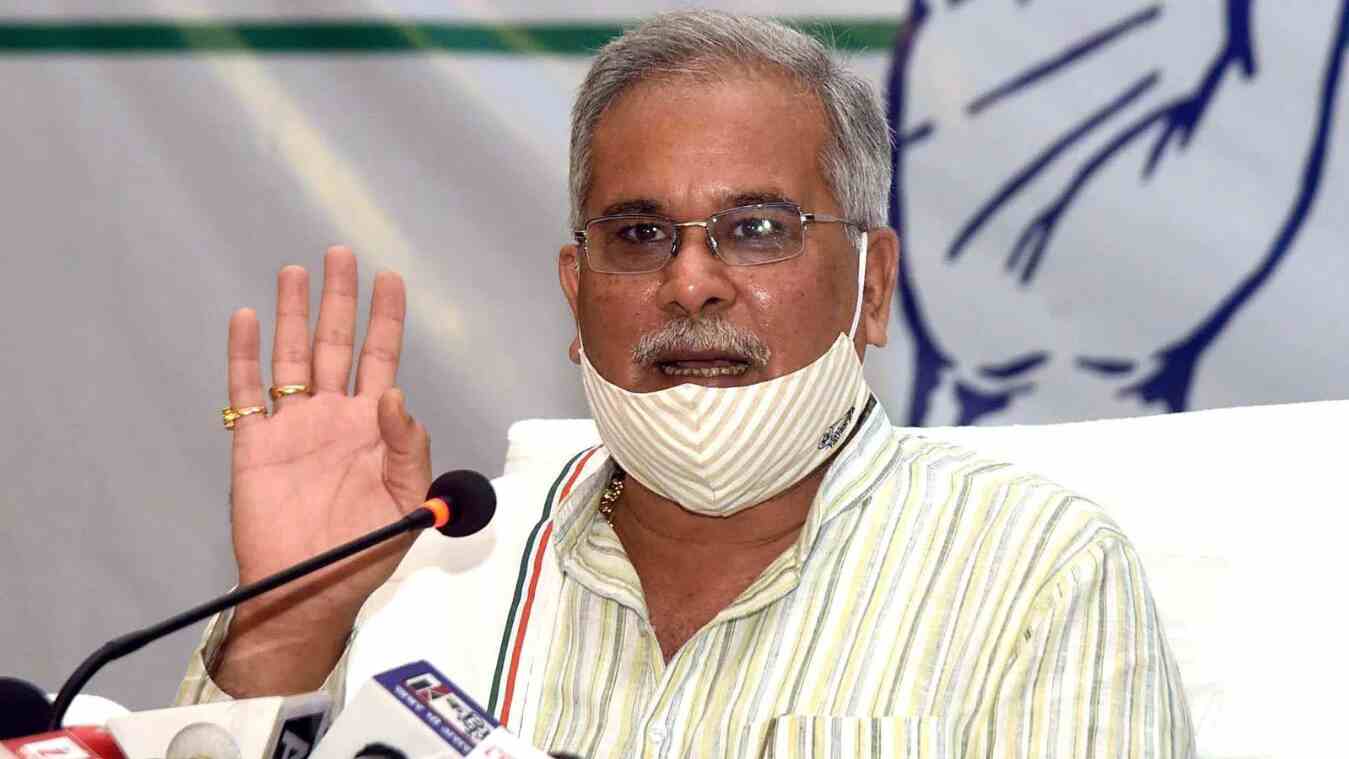Chhattisgarh CM announces four new districts in tribal-dominated regions
Development works to get momentum; administrative facilities will increase

New Delhi: Fulfilling a long-standing demand, Chhattisgarh Chief Minister Bhupesh Baghel today announced creation of four new districts in the state.
While addressing the people of Chhattisgarh on the 75th Independence Day, the chief minister said Mohla Manpur, Sarangarh-Bilaigarh, Sakti, Manendragarh will be the new districts. He added that that his government is committed to bringing administration and its facilities as close as possible to the people.
At present, there are 28 districts in Chhattisgarh and after the announcement of four new districts, the number will increase to 32.
Chief Minister Baghel had announced the creation of Gaurela-Pendra-Marwahi district within eight months of the formation of the government to develop administrative facilities in Chhattisgarh. And now by giving the gift of four new districts, administrative facilities have been extended for the public.
Since the formation of the state, these areas were cut off from the main stream due to the greater distance from the district headquarters. There were also administrative difficulties in the implementation of schemes and programmes. For a long time, the people of the area were also demanding creation of new districts. After the formation of the district, along with connectivity in these areas, basic facilities will also increase and development works will get momentum.
Residents of Mohla Manpur, Sarangarh-Bilaigarh, Manendragarh were demanding that the regions be announced into separate districts because these are far away from the district headquarters.
The creation of new districts will ensure better administration and governance in these regions. Creation of new districts will host a range of administrative machinery in the district, resulting in better implementation of government schemes, proper fund utilisation, enhanced people coverage of scheme, etc. It will also bring administration closer to people.
District-specific government initiatives: The new districts might attract more district-specific schemes. For example, the government can set up an agricultural research and assistance centre or a residential school for gifted children. The state government can provide better funding for backward districts. This will benefit the local population.
Increase employment: the new districts will create new employment opportunities for all. Since the new district will require new officials from top-down, this will increase the employment in government directly. It will also spur employment opportunities indirectly. For example, government tender and associated employment for locals, new shops and services near government buildings, etc.



